If you are a longarm quilter or you use a computerized embroidery machine with a bobbin case, a Towa gauge is either in your tool kit, or you have probably heard of it. I have to admit that for several years I resisted buying one. They are not cheap, and I just couldn’t see the benefit. It didn’t help that there wasn’t anything out there to tell me why I needed one. Many longarmers would recommend that I get one, especially when I would complain about broken threads, but no one explained why. I had a hard time believing the bobbin was the issue when it was the top thread that usually broke. So what if I knew the pressure number, what did it tell me? And how did I use that information? No one would explain. So, now here are the answers to my questions, and maybe I can help someone else understand. The bobbin tension on a longarm isn’t like a domestic machine, it is finicky and needs more precision because of the high speed at which these machines sew. The same is true of embroidery machines that have a bobbin case (not a ‘drop-in’ bobbin) and sew at a higher speed than is used for straight line stitching in piecing or garment making. That tension needs to be ‘just so’ – too loose and the thread will jump out of the tensioner on the bobbin, too tight and it hangs up snapping the top thread.
Using the method of pulling on the thread until the bobbin stands up in your hand but doesn’t lift off your hand is really imprecise, and although lots of people use this, it will still result in broken threads while sewing. Jamie Wallen has a video on this, and it is the method I used for a long time, feeling like if it was good enough for him it was good enough for me. But it doesn’t work all the time. Change your thread and you’ll change the tension needed. Even bobbins wound from the same thread spool one after another will need adjustment between them. Change brand or thickness of thread and you have to readjust too. I frequently go from Bottom Line to Aurifil, and back again. Since I began using the Towa (about 2 years ago) each time I put in a new bobbin, I have reduced my thread breakage by 99%. I’m not exaggerating. The amount of breakage has virtually reduced to next to none, down from several per quilt, and sometimes even several thread breaks per bobbin. My frustration level is greatly reduced too, and longarm quilting is a pleasure again.
So let me show how it is used. I loaded a bobbin with red thread to make the steps easier to see. Load the bobbin as usual through the tensioner. I have removed the check spring from my bobbins and put in the silicone discs (affiliate links size L or size M) for a smoother operation.
Place the bobbin in the gauge, snapping it in place just like you do when loading the bobbin case in the longarm. The thread should be coming from the bottom.
Place the thread on the bottom of the first wheel.
Wrap it around the top wheel from right to left over the top.
Then thread it back down to the guide at the bottom.
Then pass to the left along the groove in the gauge.
Now pull with a steady even pressure and note the reading as the top wheel moves down and the red indicator shows the tension. Here is is about 100.
This is too loose, as I find that the right tension is about 180 for the threads I use most – Bottom Line and Aurifil. Without taking the bobbin out, place a screwdriver in the tension screw and turn clockwise to tighten.
Pull again and note the number. I only turn a quarter of a turn at a time, so it didn’t move much.
Another half turn, and I am now getting about 150. The gauge will sometimes waver, so pull in a smooth motion to get the most accurate reading.
Just a bit more, and now I am at 180, just where I want it to be.
Raise the bobbin bar to release it from the gauge, and flip the Towa over so it comes out without dropping the bobbin.
Now, the next thread is a different manufacturer, and to illustrate the difference it is purple thread. I did not change the bobbin tension, just popped in the next bobbin and took a reading. It is 260!!
Turn the screw counterclockwise to loosen the tension to 180. Here I overshot just a bit, so will tighten it back just a smidgen. But I think you get the idea from this.
Now you see why you have to do a measurement on every single bobbin. The thread on the second bobbin was very close in weight to the first, both are 40 wt threads. If you use a heavier weight, the thickness of the thread will usually mean a loosening the screw to get the optimum 180 setting. I find that Bottom Line is slicker than Aurifil, so it has to be a bit tighter to get the same 180 reading.
Superior Threads produced a chart for the ideal Towa gauge tension for all of their threads. Download the chart on this page. Most of their threads do best in the range of 180-200. Madiera threads recommends a bobbin tension of 180-220 for their threads for bobbins in an embroidery machine. Although I have not found any other thread manufacturer recommendations for tension, I have found by trial and error that 180 works for Aurifil and Essentials threads as well as Superior. If I use King Tut in the bobbin, a slightly higher tension of 200 results in less thread jumps out of the bobbin tensioner. It doesn’t seem to matter which brand of longarm or embroidery machine you have, the bobbin tension matters more to the brand and weight of thread. There is some speculation that certain Gammill machines work better at 200-260, but I think the best thing is to start at 180 and adjust to your machine as you gain experience with the numbers.
Usually retailing around $68, Amazon has a lower price on a Towa gauge, purchasing by using my affiliate links may give me a tiny commission to help support the blog. After spending all that money to get your longarm, spend just a bit more to make it fun and virtually eliminate your thread breakage problems. Thank you for clicking! Towa Gauge M Size. Towa Gauge L Size. Or see all the Towa Gauges by clicking on this link and then entering the word Towa in the search box HERE. If you use a lot of Best Press, the price per ounce is the cheapest by the gallon, plus it will qualify for free shipping. Click on my Amazon affiliate link – Best Press Unscented Gallon size. Get the Karen Kay Buckley 4-Inch Perfect Scissors while you are there.
What’s on your Christmas List?
My blog is a variety of subjects, quilting and sewing, tablescapes and recipes, book reviews and hand stitching, crafting and mountain living. I love to have new followers, too! See the buttons on the sidebar to follow by your favorite method. If you are visiting from Fave Quilts, Pinterest, a blog hop or link up, please stay a bit and have a look around, my tutorials are gathered at the top in pages to make them easy to find, and the categories on the sidebar will gather posts in any subject for you. Lots of fun is had here, and I invite you to follow with any of your favorite methods, see the sidebar for ways to follow. My fourth mystery quilt is in the planning stage, and will begin in January 2018. Click on the Home page to see the latest posts on the blog.
Easy Threading Needles are great stocking stuffers, they are available with my affiliate link at Fat Quarter Shop HERE. You can find the needles in a large pack to share with friends at Amazon Self Threading Needle Pack. If you want to get some of gorgeous fabrics for your holiday sewing, check out the Fat Quarter Shop’s Moda Line. Get spools and cones of the fantastic Aurifil Threads at Fat Quarter Shop Aurifil Threads. You’ll love the extra light with the Sewing Machine LED Lighting Kit. If you would like to have a pair of wonderful serrated edge scissors, click on Karen Kay Buckley’s Perfect Scissors to get your pair from Fat Quarter Shop. Get your Olfa Splash Cutter at FQS too – Olfa Splash.
Sharing –

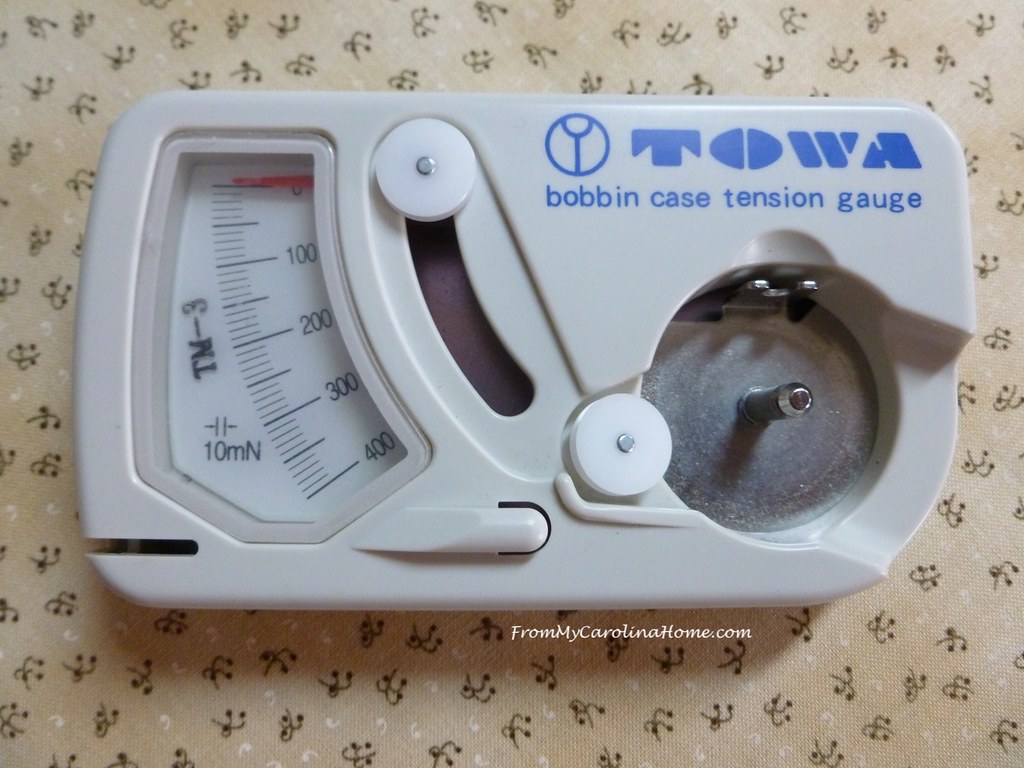
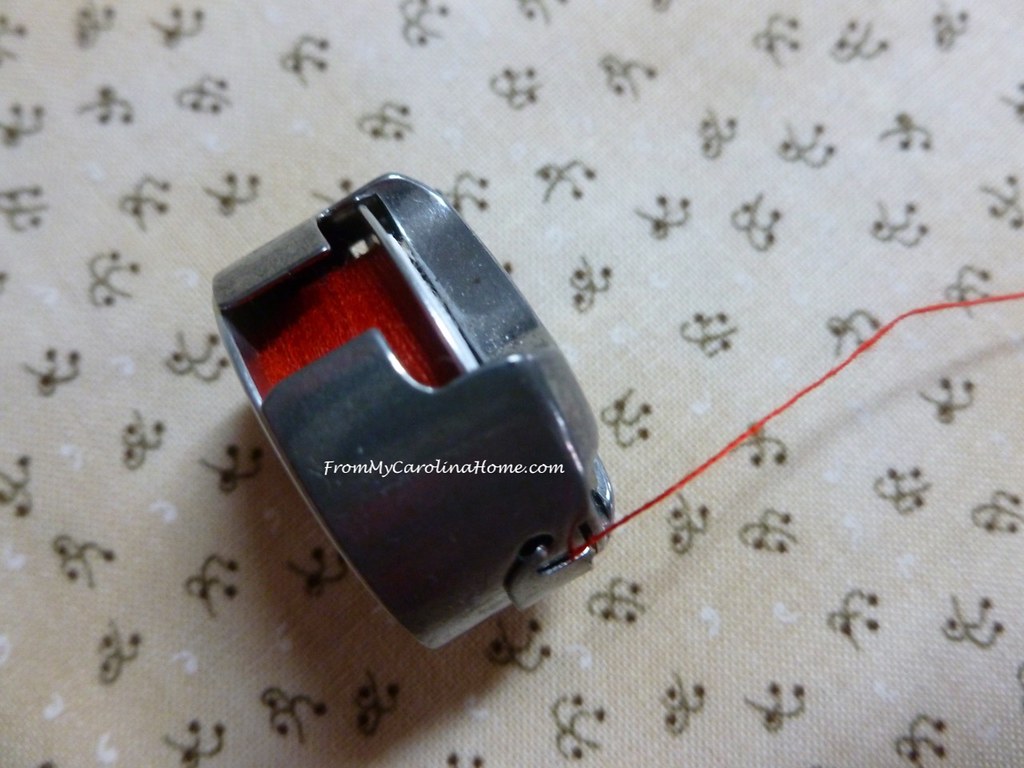
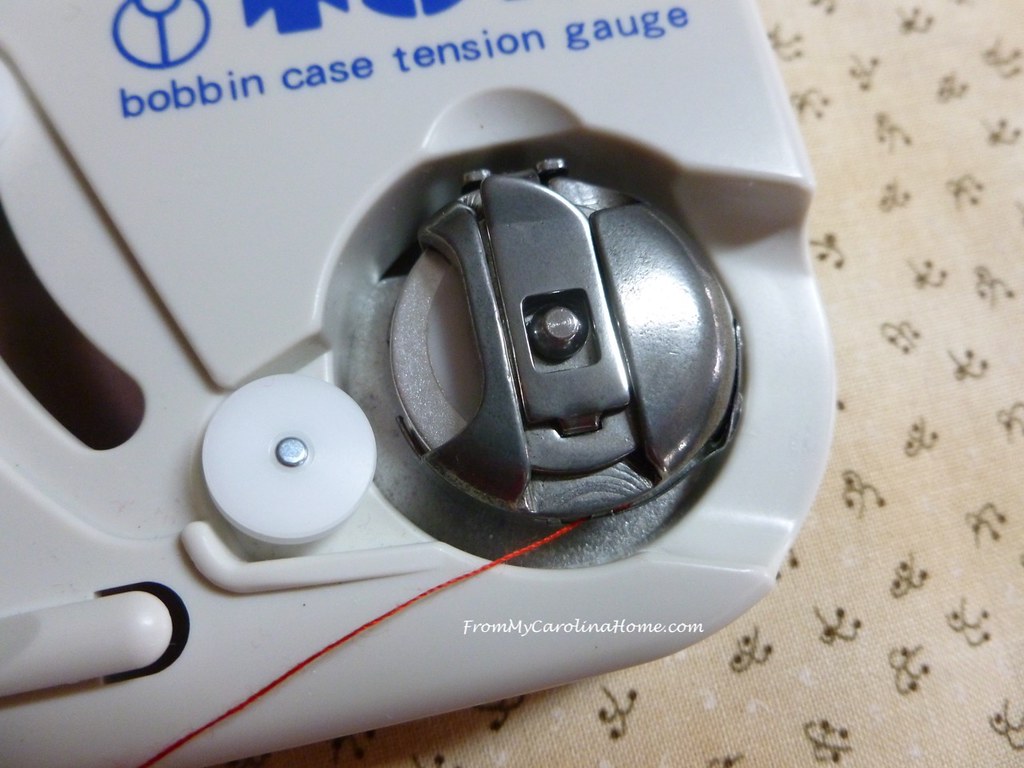
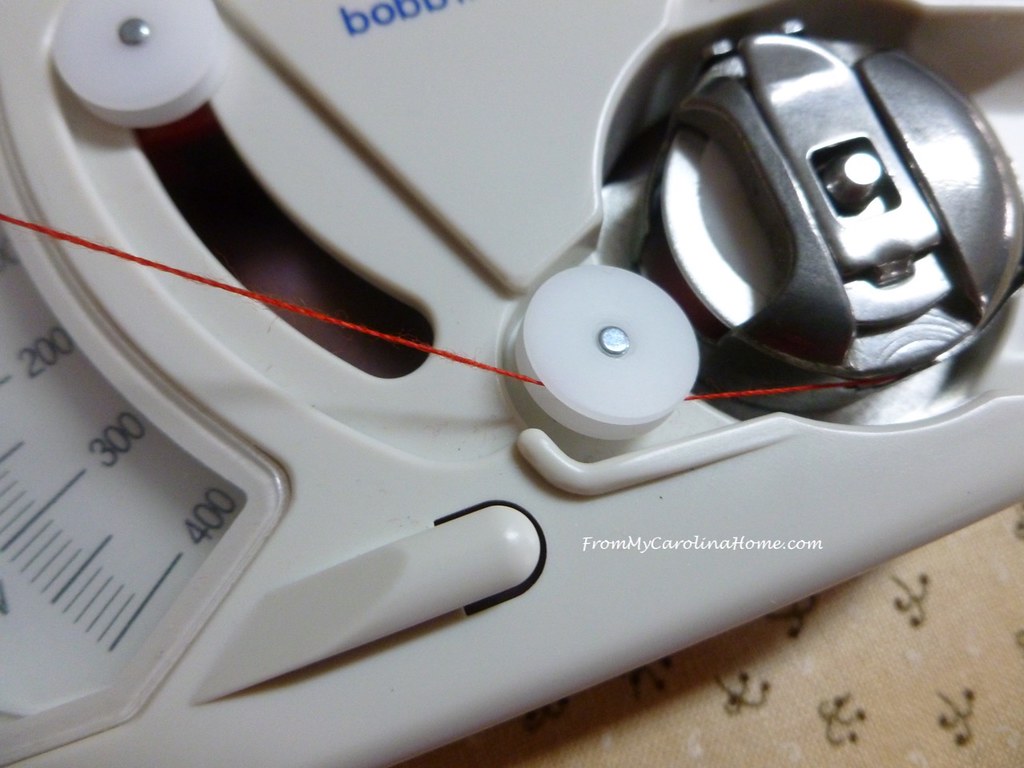


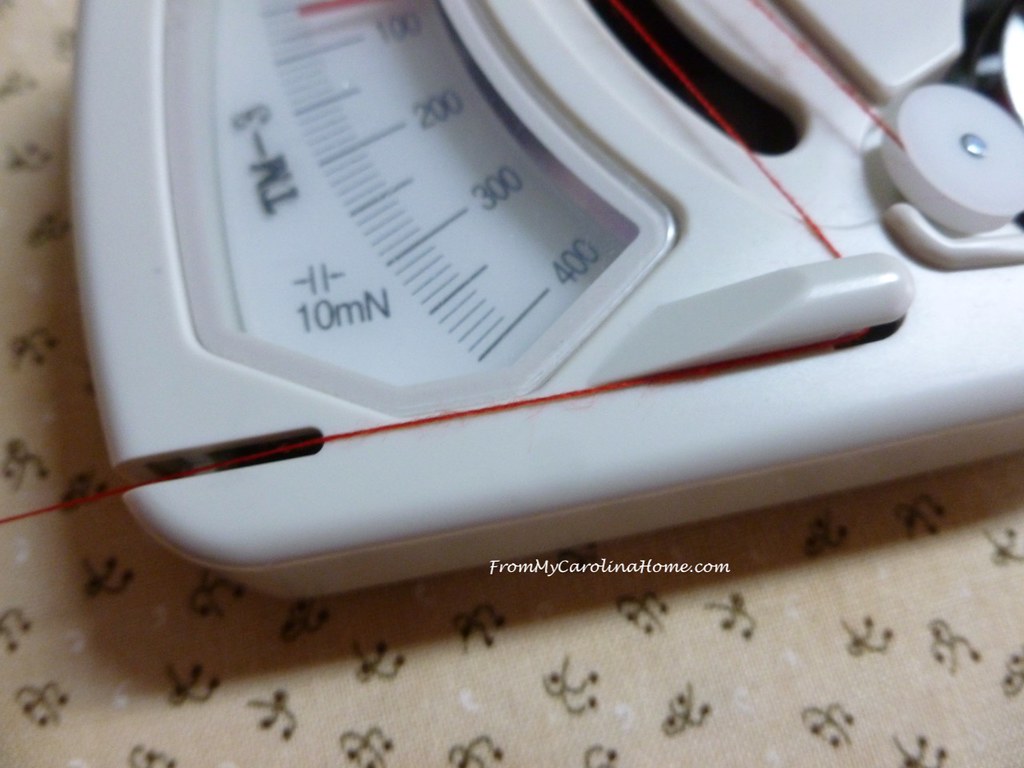




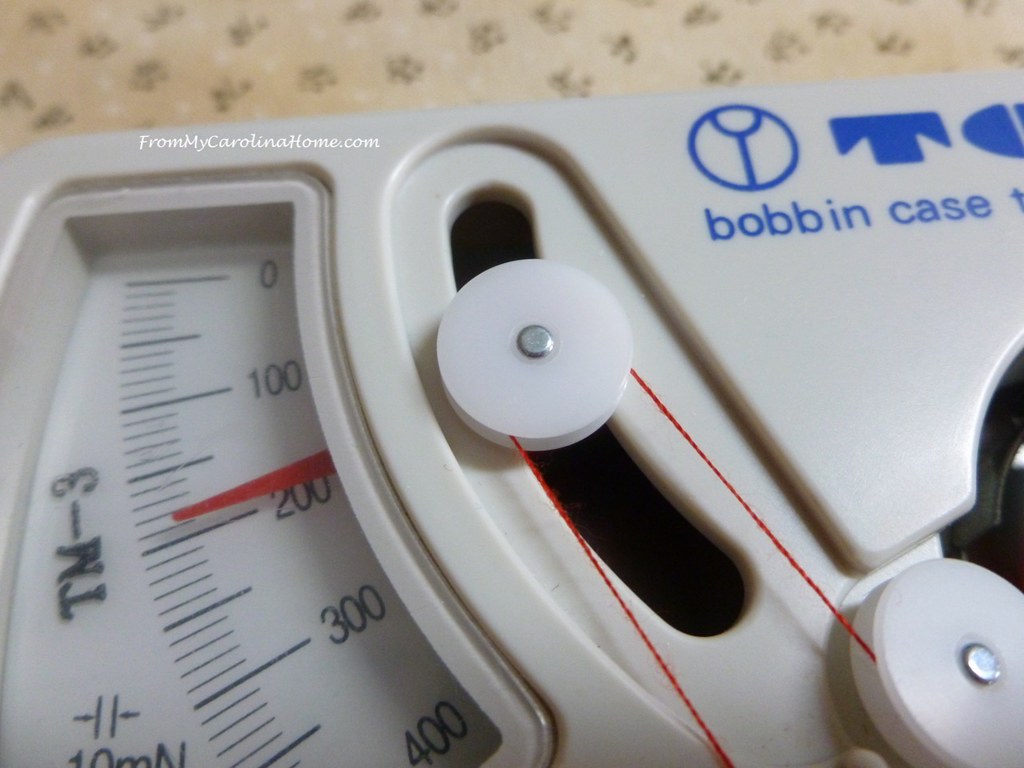

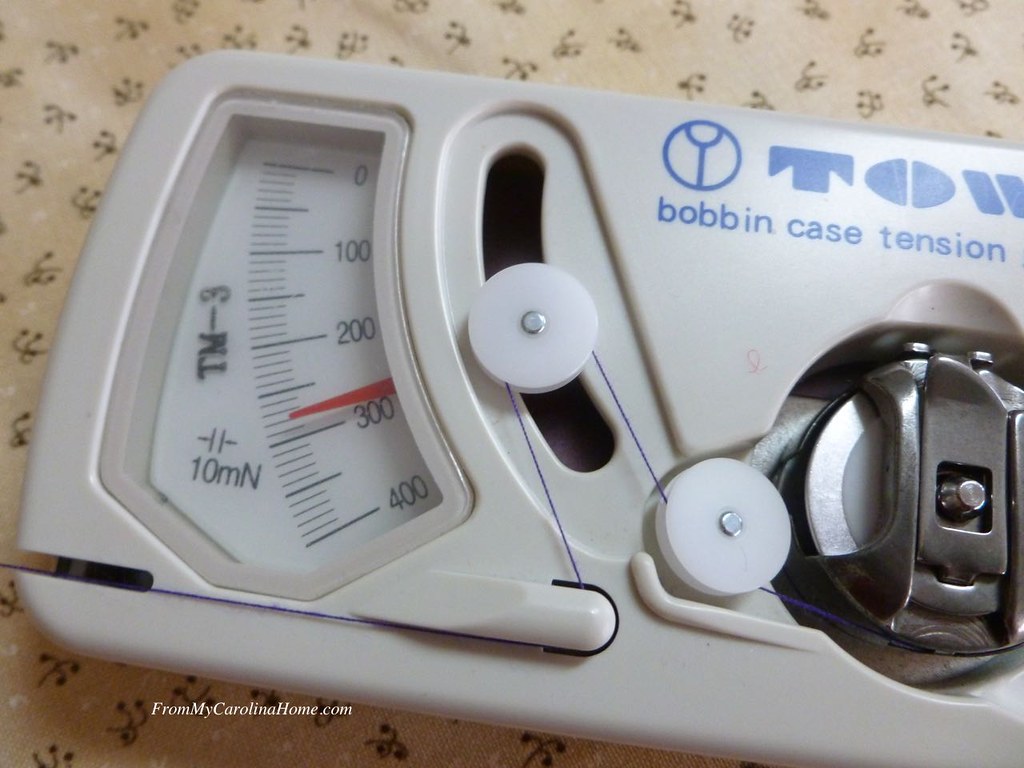
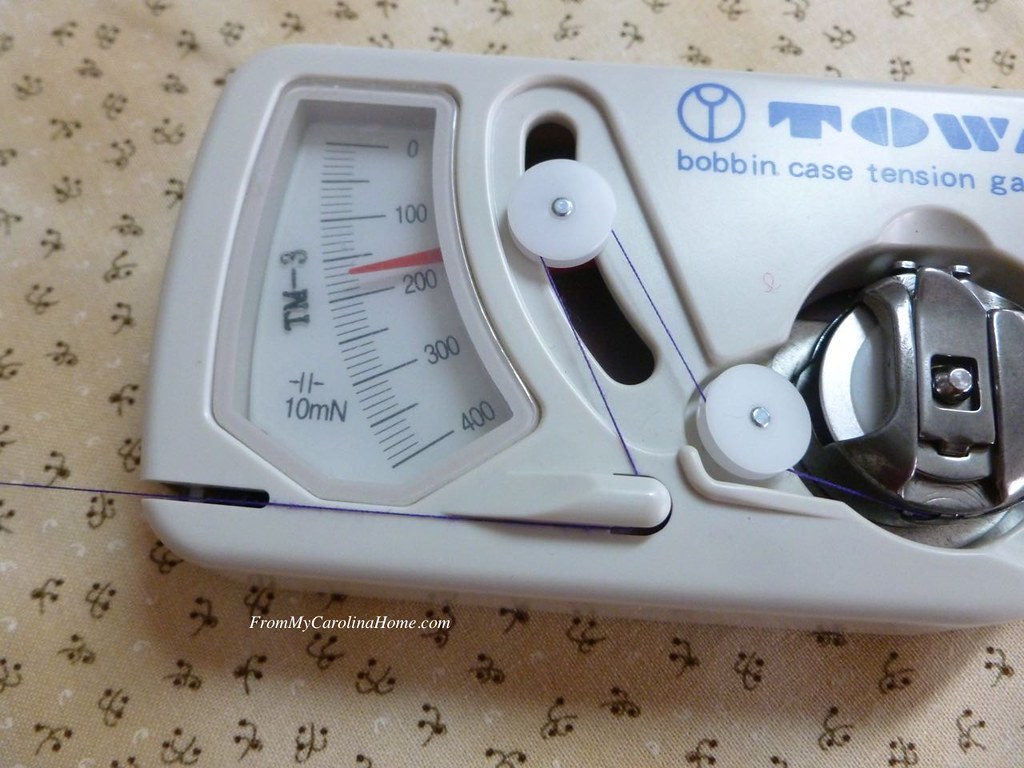
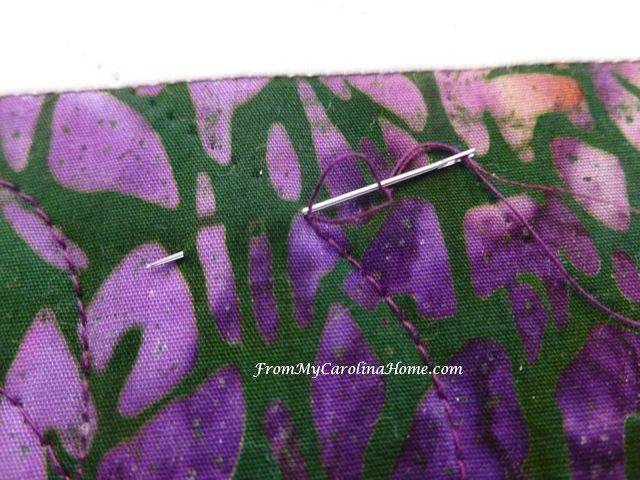

I had no idea there was such a thing, a fascinating read, Carole!
Like you, once I figured out the why behind the Towa gauge I had less tension issues on my longarm. I was surprised at the lack of information that comes with the Towa. Thank goodness for my local quilt shop – they took the time to show me how it works and explain what I should look for.
The BEST instructions I’ve ever seen for using a TOWA gauge. Very timely, for me! Many thanks for this article!
I love mine too. It has made a big difference in my stitching.
Yes, very interesting information, Carole. I don’t have a longarm, but am curious about bobbin tension. So this is how you do it? Even just on a regular sewing machine? Thankfully I have not had to make adjustments, as my stitch looks pretty good, but I like knowing how to do things. And with using different weights of thread, it seems like some adjustments would need to be made, doesn’t it?
No, you don’t need this on a domestic machine, they sew much slower and are not as tricky. You can usually adjust the top tension until you get good stitches on a DSM.
Thanks for the Towa discussion. I have one and find it very useful for my longarm machine. That said, I have never used that thread guide on the bottom left. I will adjust my technique and see if the gauge is more accurate if I pull the thread to the left at a right angle as you demonstrated. I do check each bobbin as you suggest and agree that there are variations in the winding that require adjustments to the tension for every bobbin.
Okay first, that is a beautiful blanket of snow!!! Second, did you write this post for me??? LOL BOOKMARKED! 🙂
Your new header, what beauty right there. The gauge ,how innovative, and time saving. Christmas goodies, great ideas for any of us out here. Enjoy your enforced days at home until the road is safe again.
My goodness! Who knew? Your knowledge is impressive.
I have a gauge. I use it all the time. Some bobbins give me trouble, bouncing the thread unevenly as it goes thru. Can’t solve that issue.
Bouncing in the gauge means the bobbin isn’t wound right. If you put your finger on the thread as the bobbin is winding (as I used to do) to get it to wind evenly across the bobbin, it will result in uneven tension as the thread is being wound. If you cannot pull smoothly, the bobbin is going to give you trouble. Use it as the top thread on your domestic machine, and wind a new one for your longarm.
My TOWA is my number 1 longarm notion! It’s worth every penny.
I just bought a TOWA about a month ago….one of the guides is bent a little bit but the seller insisted it was fine. Your instructions are so much better than the instruction sheet that comes with the gauge. I do have 2 questions….my longarm and I LOVE Glide thread….do you use it and if so, what is the Towa setting for Glide? Also, do you always use all 3 holes in the pre-tensioner thread guide? Just whenever you get a chance to answer will be fine….tis a busy time of the year. Blessings….
Yes, I like Glide, but I wouldn’t use Glide in the bobbin, I use Bottom Line with polyester threads. Typically I only use two of the three guide holes before the tension disc on the machine.
I mainly use Glide thread and I use it in the bobbin as well. My machine purrs with that combo.
These are great tools. My Christmas list is short. I have so much fabric even though I want more of the new things coming out.
I would love to have a magic wand.
Thank you, Carole, for such an information packed post. I’m definitely getting a Towa gauge after reading this. I get a headache when I have to switch between brands of thread. I mainly use Glide, but sometimes need to use Glide 80, So Fine, King Tut or Aurifil. I will give it a try. Thanks!
Wow! This is great information! Thank you so much for the post. I’ve been toodling along with just imprecision and have never understood what this gauge could do for me. My problems have been more with “eyelashes” or loose threads than breaking. Am I right to think this would help with that as well?
Well I don’t have a long arm (yet), but this is fantastic info! Thank you for the great explanation!! Merry Christmas!
Thanks for the info…very detailed and informative. Will need to bookmark this as I am a newbie on my Sweet 16.
This is a great tutorial. The photos are so helpful to illustrate the process. Thank you for linking up!
Thanks for that great tutorial! I have a TOWA gauge but I’ve never quite gotten into the habit of using it. I usually stick to one type of thread to avoid problems, but it sure would be nice to be able to branch out. Do you know if there is anything like that for the top thread tension?